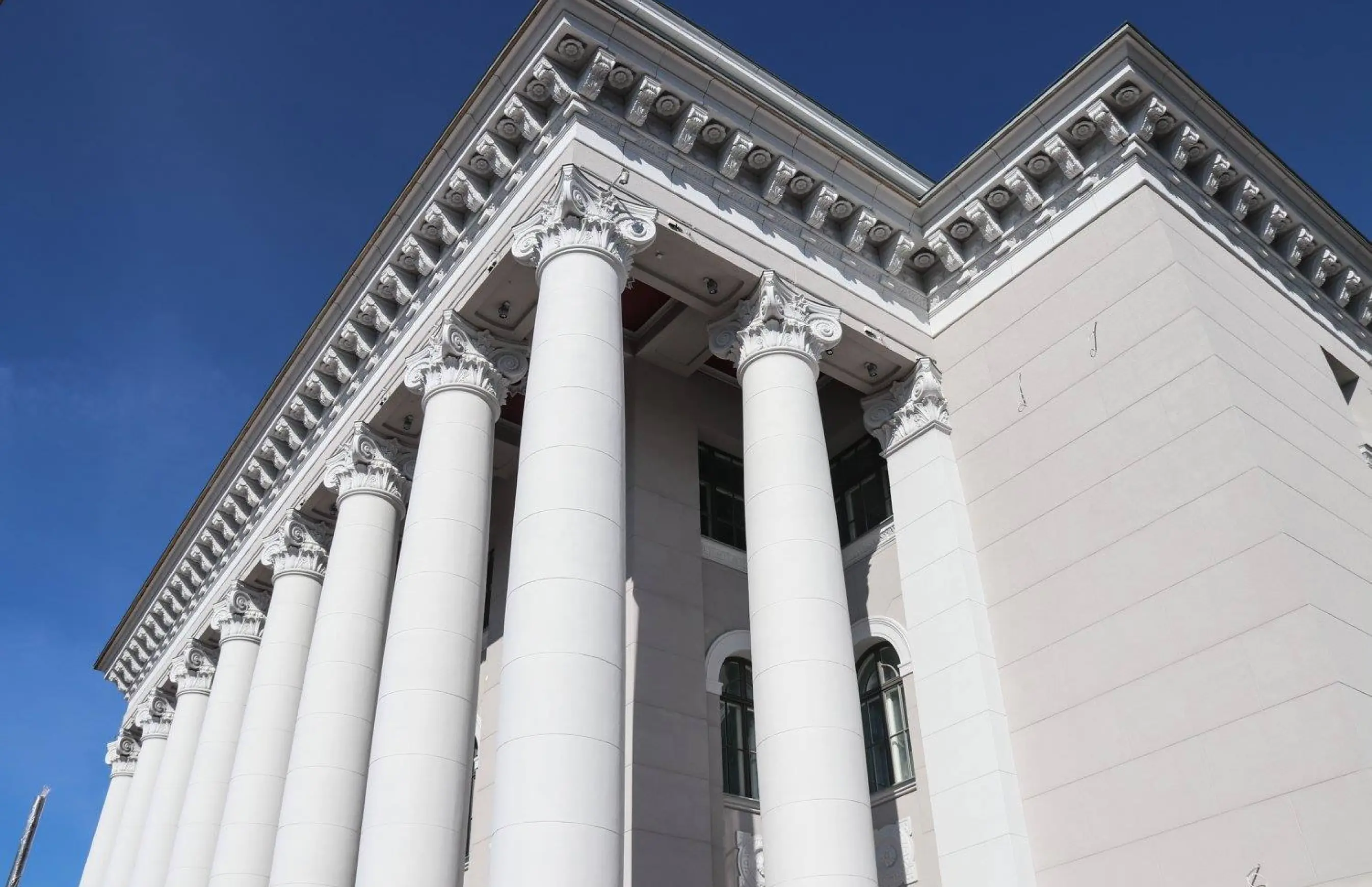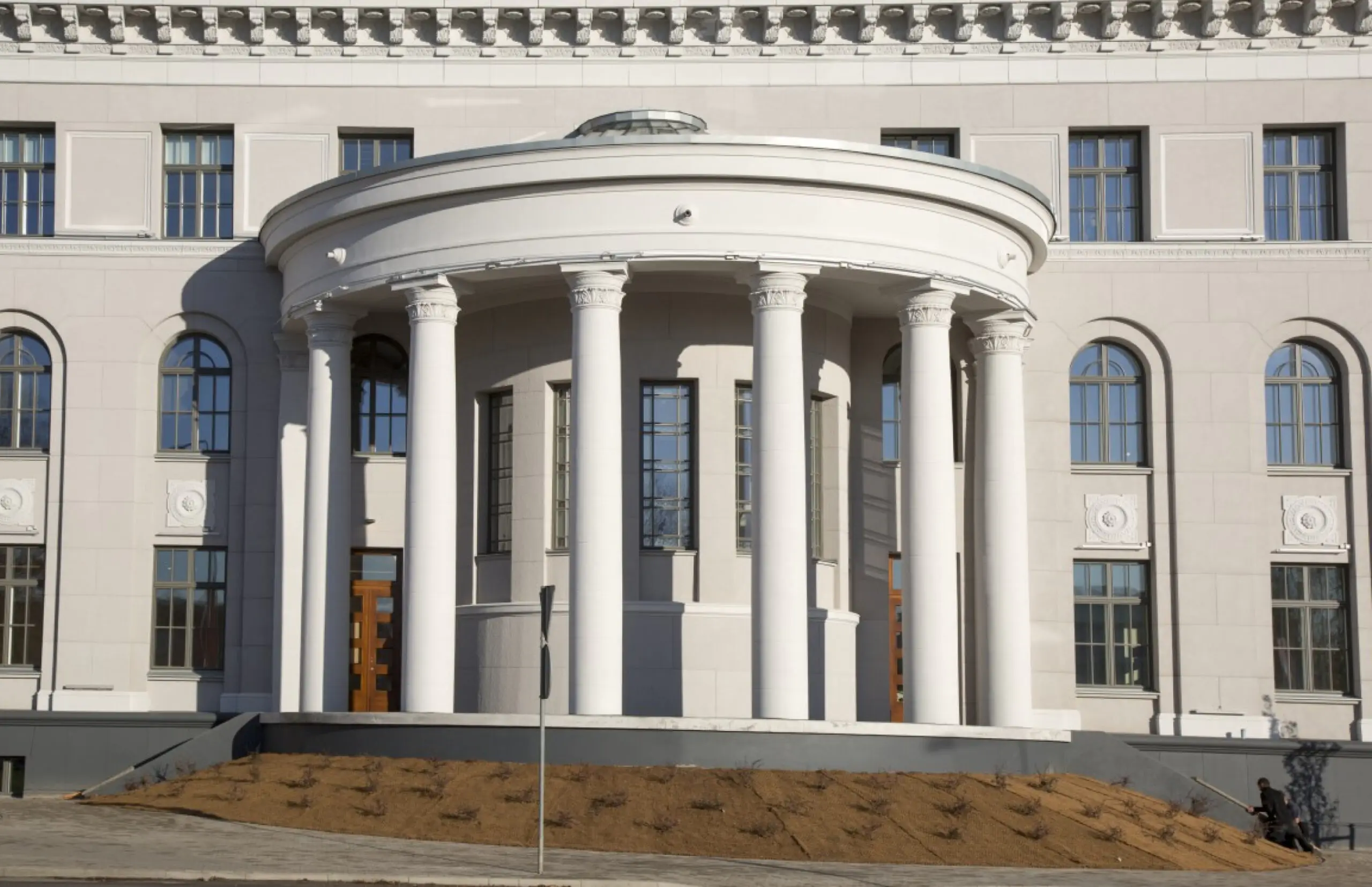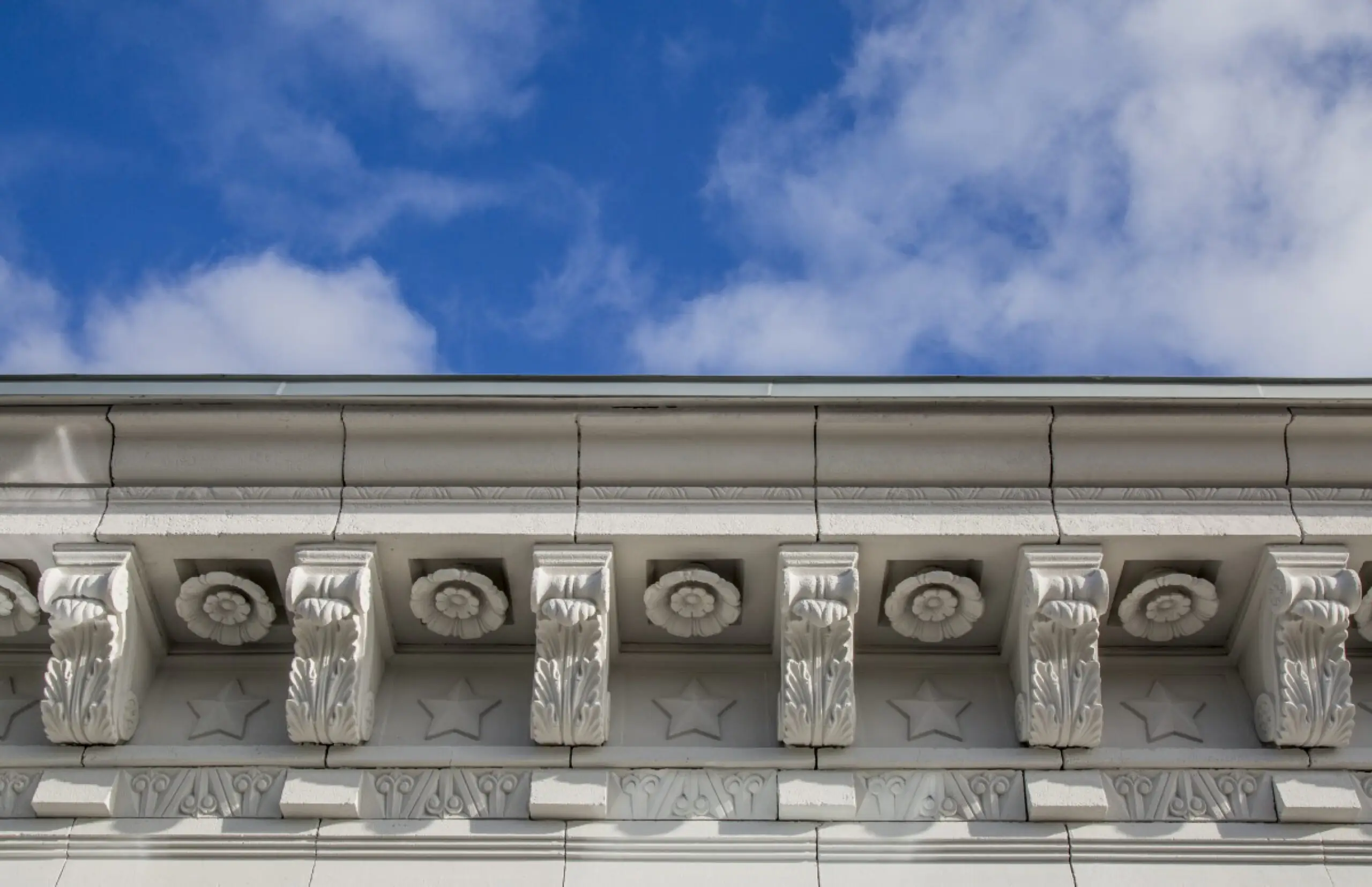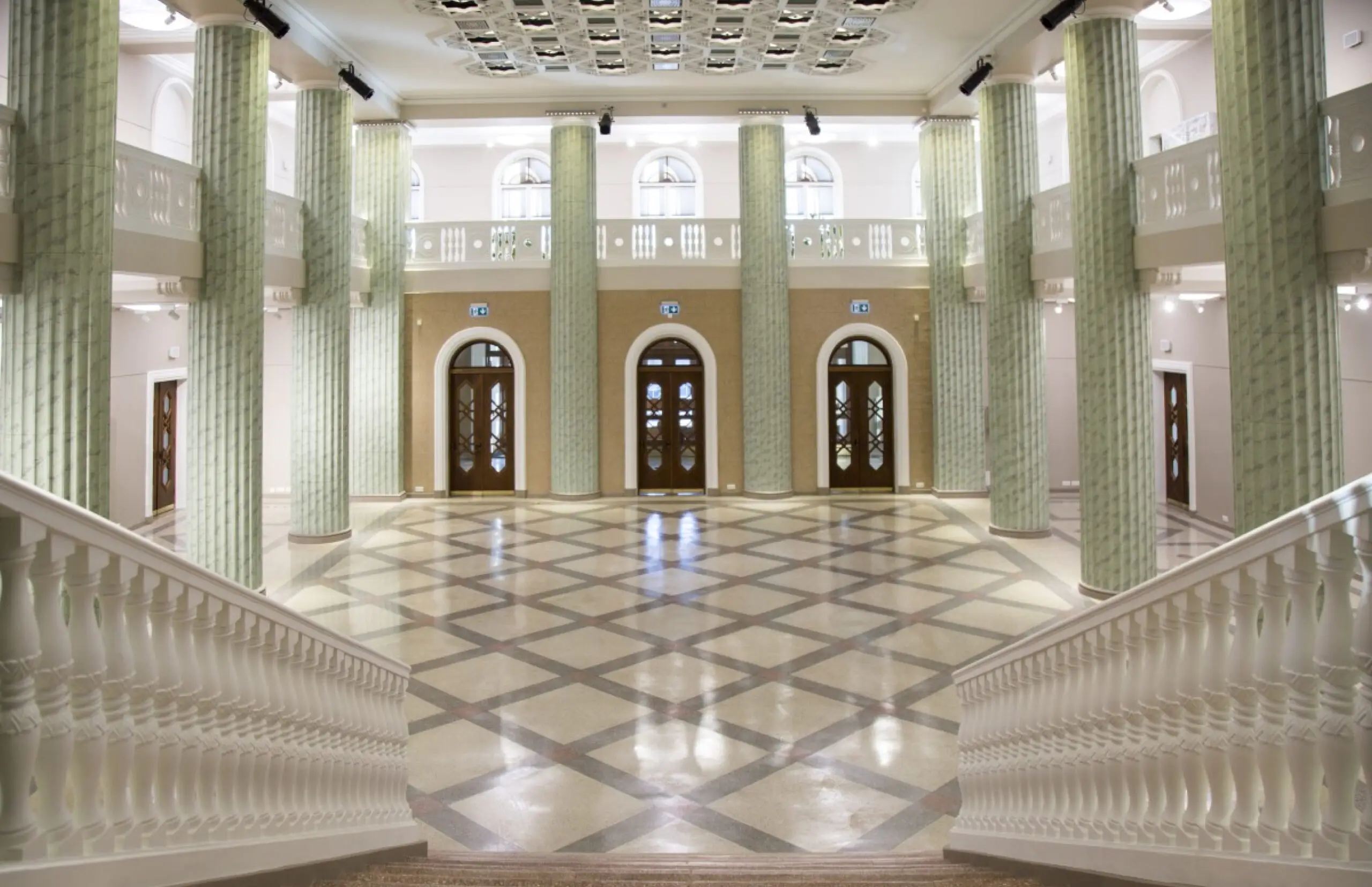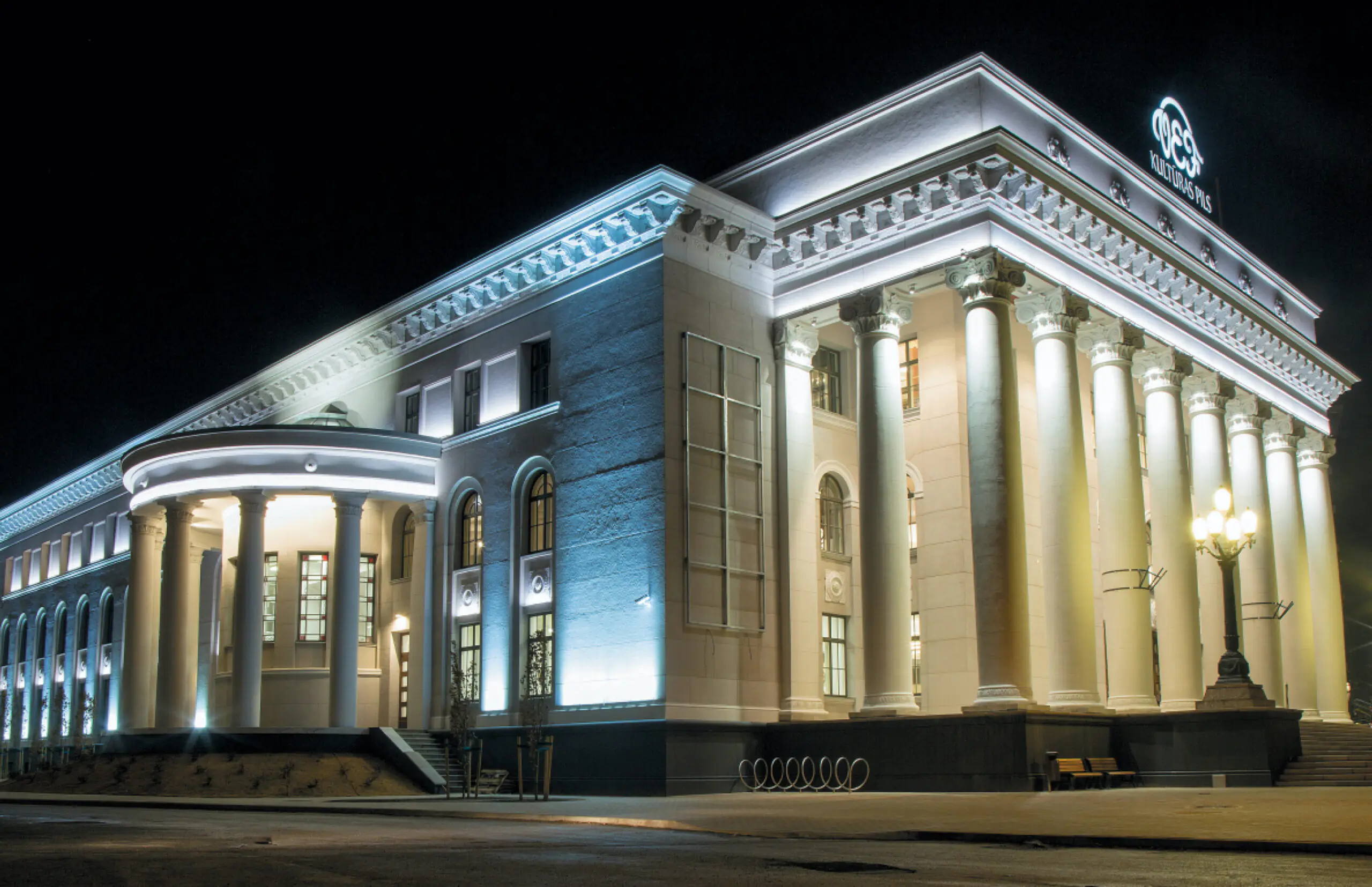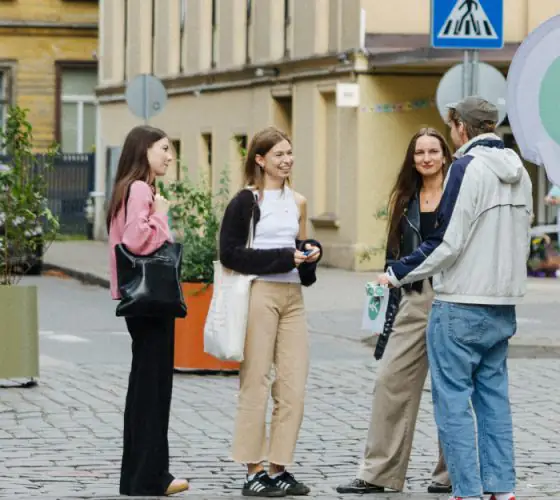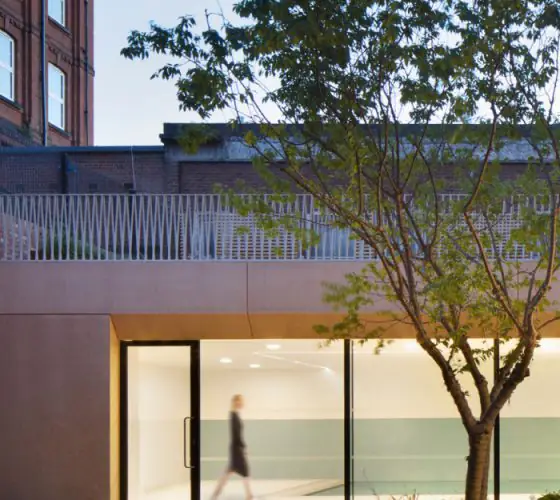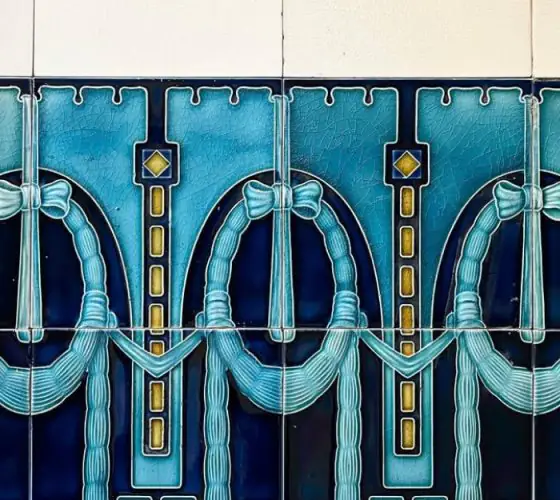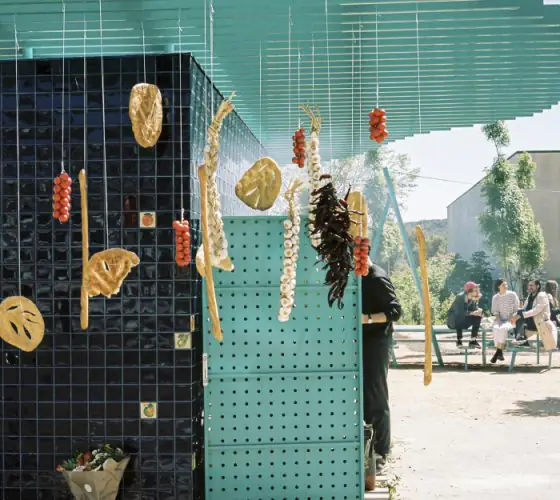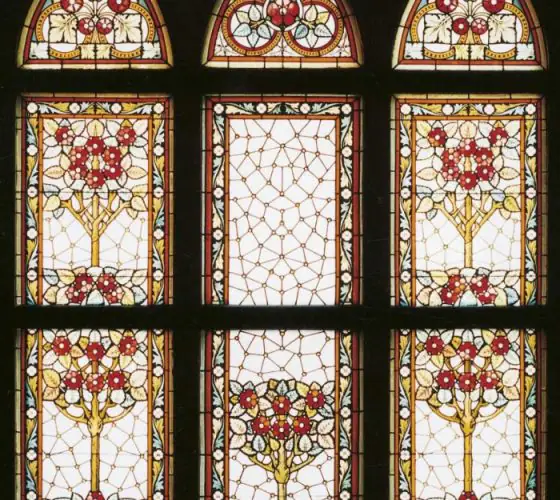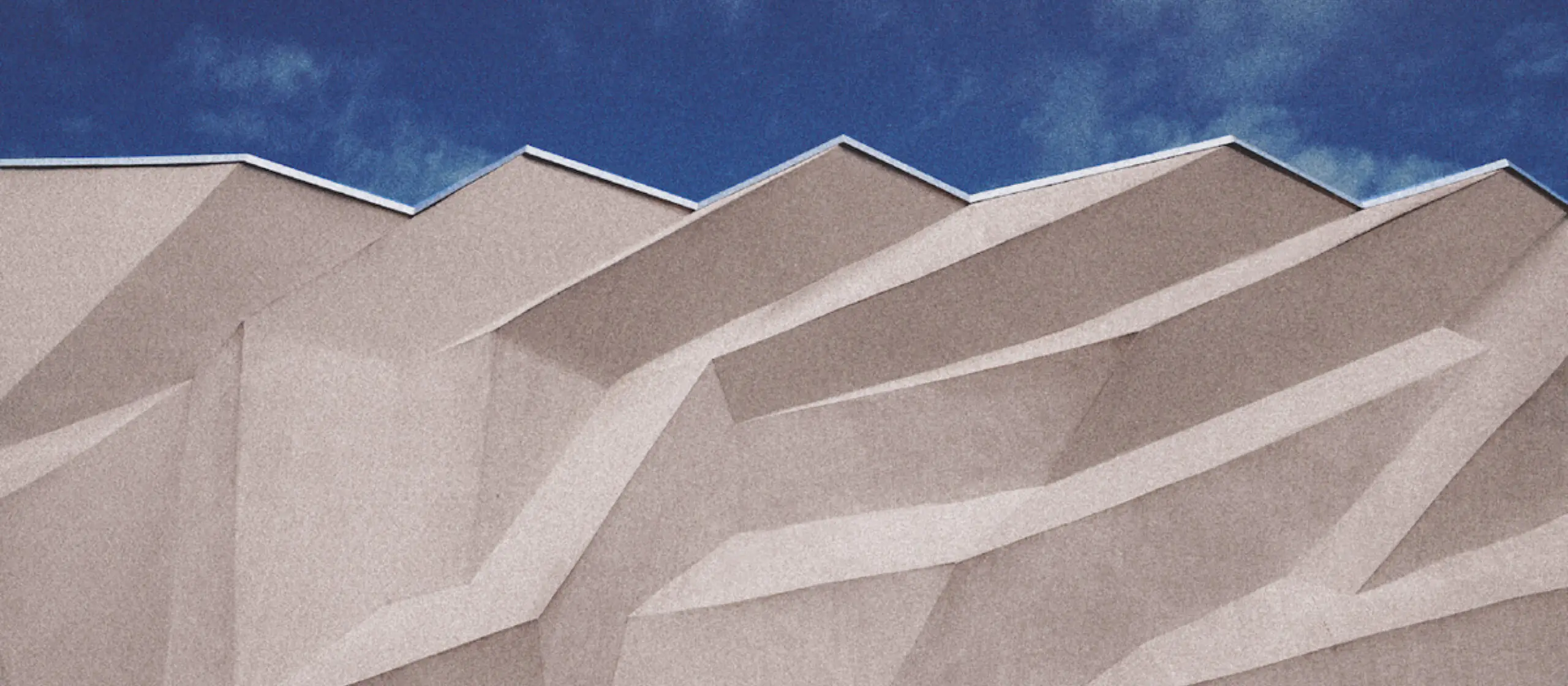
dailesteatris.lv
Soviet-era buildings in Latvia were constructed from 1955 to 1990 when Riga was one of the most important cities of the USSR and had to conform to the country and its values. Most buildings constructed during the Soviet period were the same 5–9 story apartment buildings, which formed whole neighborhoods or “microdistricts” on the city’s outskirts.
For the convenience of residents, a kindergarten, grocery store, hospital and school immediately emerged near such apartment buildings. Thus, the neighborhood residents did not have to walk far to take the children to kindergarten or school or go far to get groceries. Apartments in such buildings were usually small, with low ceilings to save usable space.
Of course, these neighborhoods and their five-story buildings are impressive architectural artifacts, although today, they don’t integrate with the beautiful Art Nouveau architecture prevailing in Riga.
However, the Soviet period is reflected in the architecture of Riga not only with apartment buildings but also through curious and original buildings, such as the Academy of Sciences or Dailes Theatre. We tell you about these and other notable buildings of the second half of the 20th century that are worth seeing.
Academy of Sciences
Address: Turgeņeva iela, Latgales priekšpilsēta
Architects: Osvalds Tilmanis, Vaidelotis Apsitis, Karlis Pluksne, Vladimir Shnitnikov, with the participation of architect Vyacheslav Oltarzhevsky.
This 21-story building in the Moscow district of Riga, near Riga Market, is reminiscent of one of the seven Stalinist skyscrapers in Moscow. In Riga, on the other hand, the Academy of Sciences, the construction of which began in 1951 and ended in 1960, is called “Stalin’s birthday cake”.
The building was designed in the style of Soviet classicism: monumental, with decor and turrets, immediately conspicuous from almost anywhere in the Moscow district of Riga due to its size.
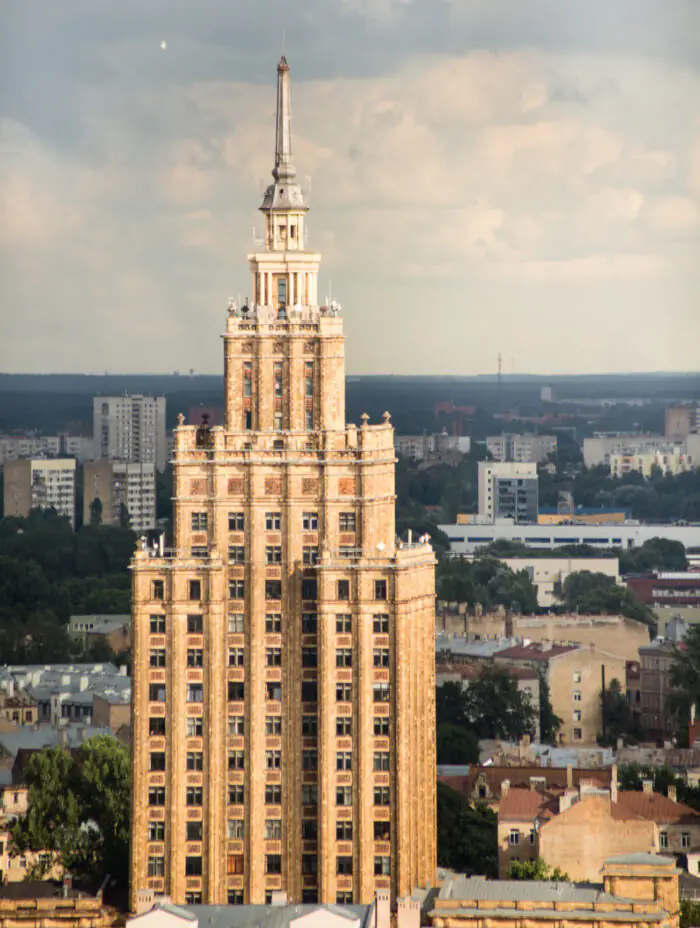
canva.com
During the construction of the high-rise, precast concrete structures were used, and ceramic and clay tiles and stone slabs were used for the exterior. After 1990, the ideological symbols—the five-pointed star and bas-reliefs of Soviet figures—were removed from the building.
You can enter the building and go up to the 17th floor to admire the city from a height of 65 meters. By the way, the same skyscraper is located in Warsaw.
Read more about the history and present of the tower in another text.

buvinzenierusavieniba.lv
The Dailes Theatre
Address: Brīvības iela 75
Architect: Marta Stanya
The building appeared in 1959 and was immediately designed for the needs of the theater.. With different volumes of the building, halls flowing one into another, a glazed facade, and the upper part of the building that reminds you of the desert sands—the futuristic look of the theater is worth seeing.
You can also see a performance if you wish because the Dailes Theater is worth visiting not only for its architecture but also for its shows. The building itself is included in the Latvian Cultural Canon, a list of Latvia’s most outstanding works of culture, which exists since 2007.
Spilve Airport
Address: Daugavgrīvas iela 140
Architect: Sergey Vorobyov
The Spilve Airport is a historical airport that used to serve international flights over 100 years ago but was severely damaged during World War II. That’s why in 1954, it was rebuilt in a neoclassical style.
Before 1975, Spilve Airport was one of the largest in the Soviet Union, but with the construction of Riga Airport, it lost its importance. Unfortunately, you can’t go inside the building today but you can wander around and admire the unusual architecture and imagine how planes from Paris and Warsaw used to land here.
More about this and other Riga airports in our other text.
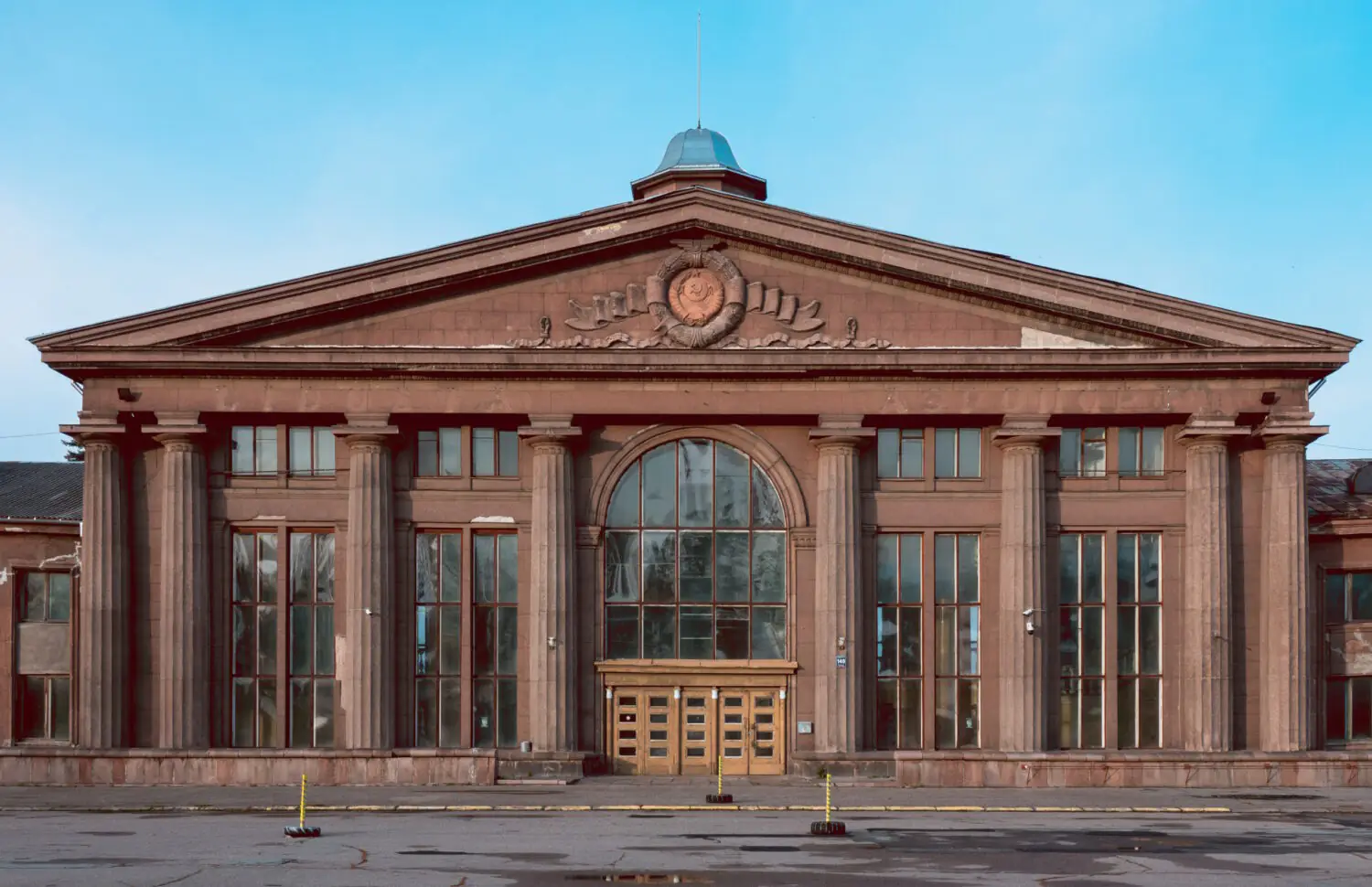
pexels.com
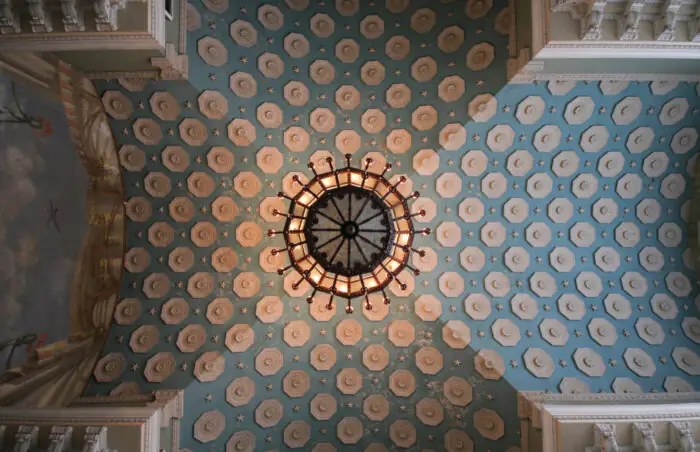
facebook.com/spilve.airport
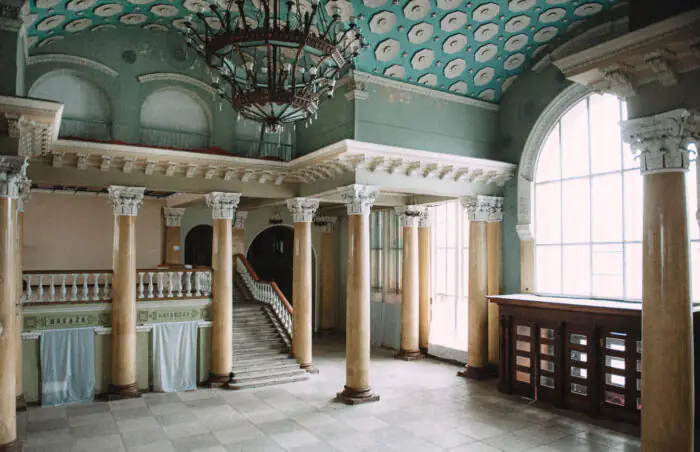
facebook.com/spilve.airport
VEF Palace of Culture
Address: Ropažu iela 2
Architect: Nikolay Sementsov
The building, which housed the Riga State Electrotechnical Plant VEF in the Soviet years, appeared in 1960.
Columns, elegant facades, and an accurate portico hint that this is a neoclassical building that stands out against the background of other Soviet buildings. It used to host exhibitions of WEF innovations, but today it hosts film screenings, concerts, and other events. There is also a small museum on the history of the VEF inside, which you can take a peek at if you wish.
The House of Congresses
Address: Krišjāņa Valdemāra iela 5
Architects: Juris Gertmanis and Valery Kadyrkov
The House of Congresses, or the former Political Education House of the Latvian Communist Party Central Committee, is an intriguing example of late modernism. It was built in 1982 in the center of the Rifle Garden.

facebook.com/Kongresunams
The architects designed the building to minimize the felling of trees in the park. Inside, there is a spacious lobby and several halls for events. Even from the outside, you can notice that there are no decorative elements, but its area is used most practically.
Good preservation of the building are provided by expensive and high-quality materials: granite, marble, and wood.
Vanšu Bridge
Not all Soviet-era buildings in Riga were gloomy and dull. Take a look at the Vanšu Bridge over the Daugava, built in 1981. Its span length is 312 meters: it became the longest in the USSR.
The bridge blends harmoniously into its cityscape: the pylon, located on the low left bank, balances the Old Town’s landscape on the right.
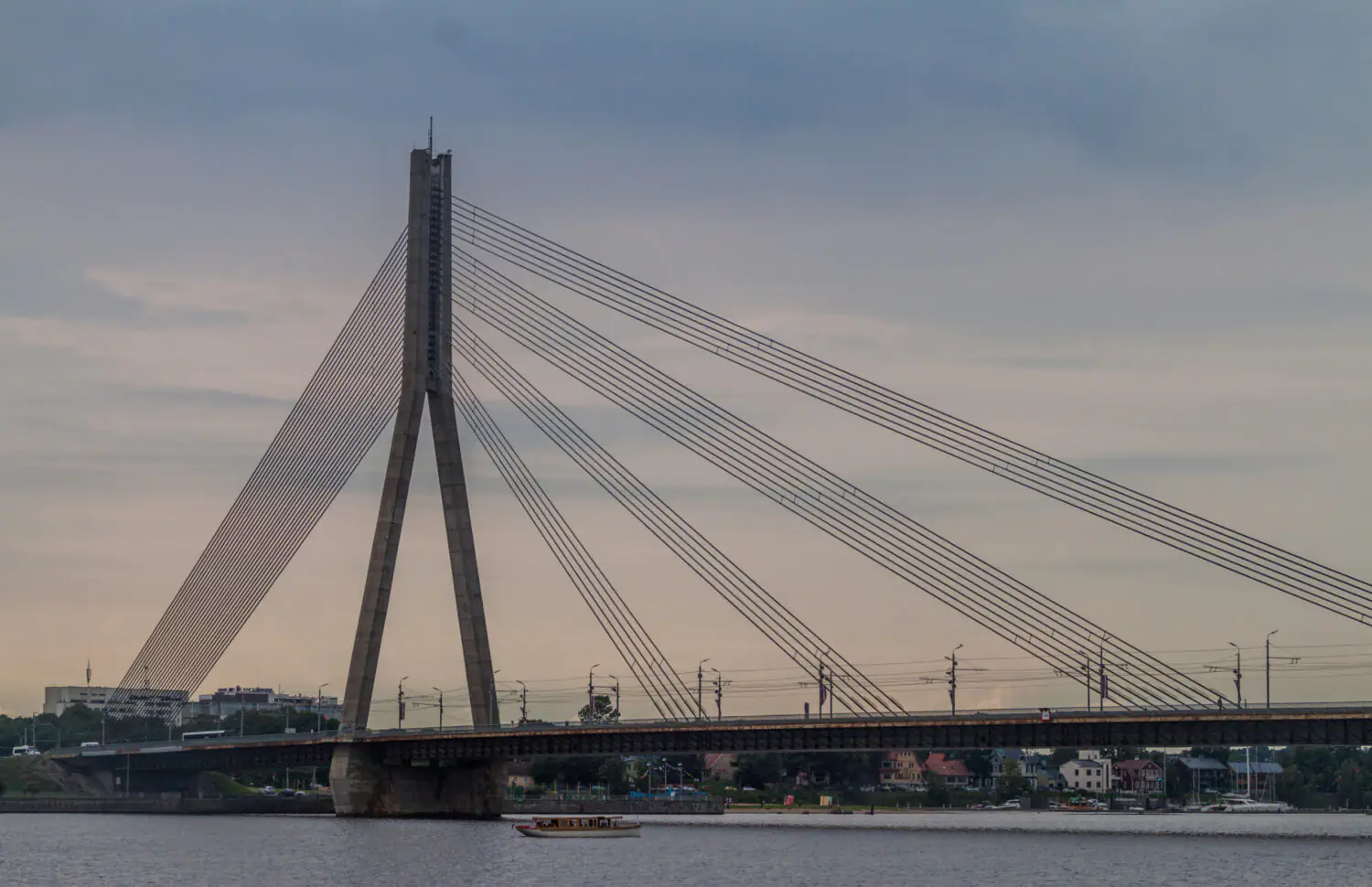
canva.com
Museum of the Occupation of Latvia
Address: Latviešu strēlnieku laukums 1
Architect: Gunnar Lusis-Greenberg
The gloomy building of the Museum of the Occupation of Latvia is another example of constructivism in Riga. The facade of this geometric building is clad in dark, welded copper plates that add to its generally tragic appearance. The building was built in 1970 and served as a museum for Latvian Red Riflemen at the time: a monument to the Latvian Red Riflemen in front of the museum has been preserved from this period.
Since 1993, it has been home to the Museum of the Occupation of Latvia, which tells the story of the Nazi occupation of Latvia during World War II, as well as the subsequent Soviet occupation.
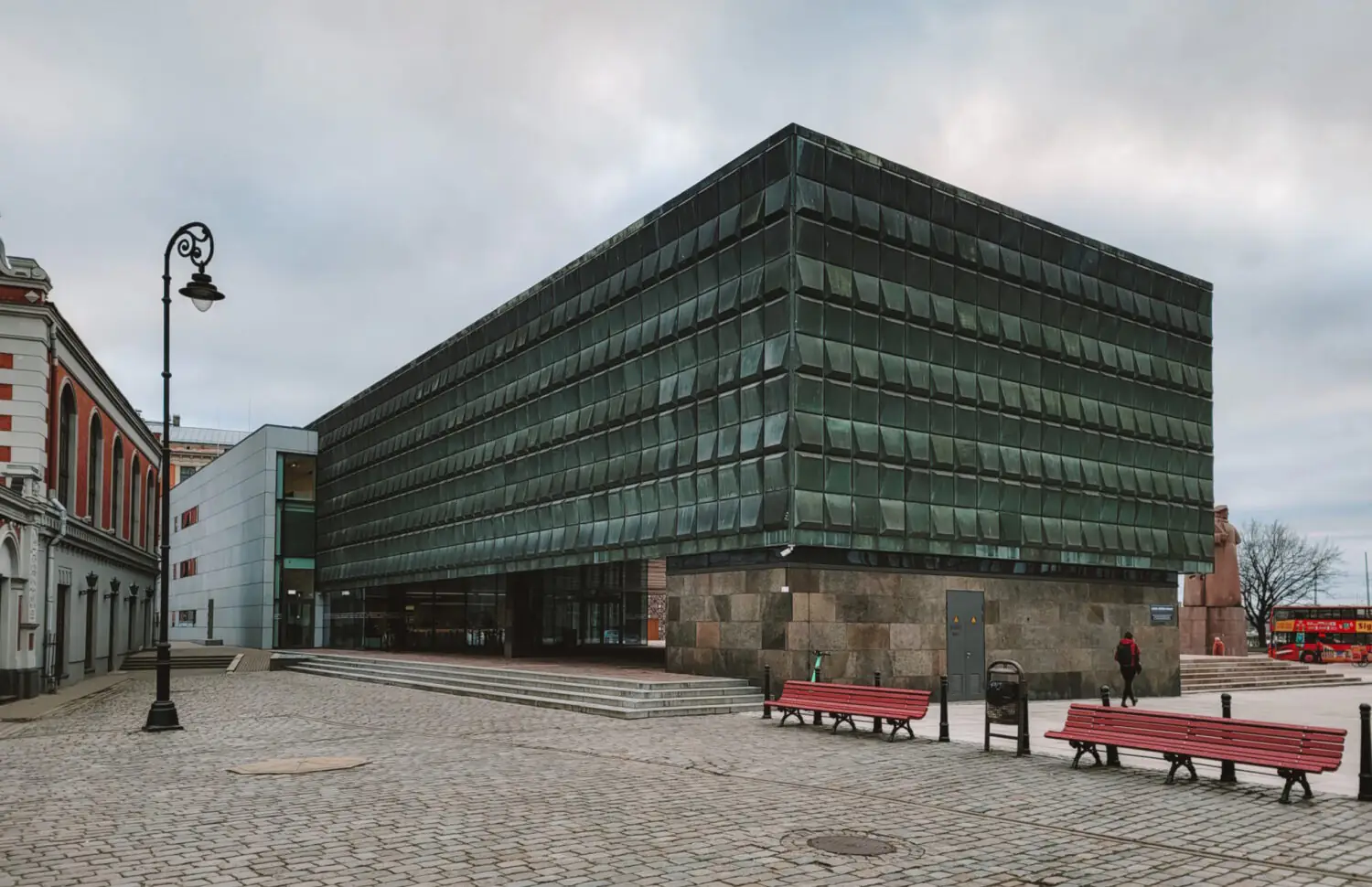
newgirlonthebloc.com
Ridzene Hotel
Address: Reimersa iela 1
Architects: Juris Gertmanis, Valery Kadirkov, Zane Kalinka
The Ridzene Hotel was built in 1984 in the heart of Riga. Asymmetric forms and a central hall—a glazed pyramid reminiscent of the Louvre pyramid. In 1999–2001 the building was renovated, making it a little more modern and in line with the requirements of a decent capital hotel.
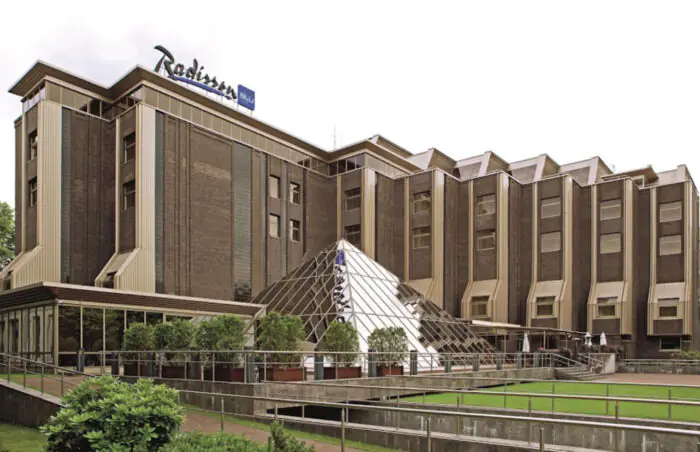
facebook.com/RadissonBluRidzeneHotelRiga
The hotel stands out against the surrounding Art Nouveau architecture. The building now houses the Radisson Blu Ridzene Hotel.
Khrushchevkas and Brezhnevkas
Address: Krišjāņa Valdemāra iela 52–54
“Khrushchevkas” are five-story serial apartment buildings that were built from the late 1950s to the mid-1960s. “Brezhnevkas” are nine-story apartment buildings that began to be built in the second half of the 1960s.
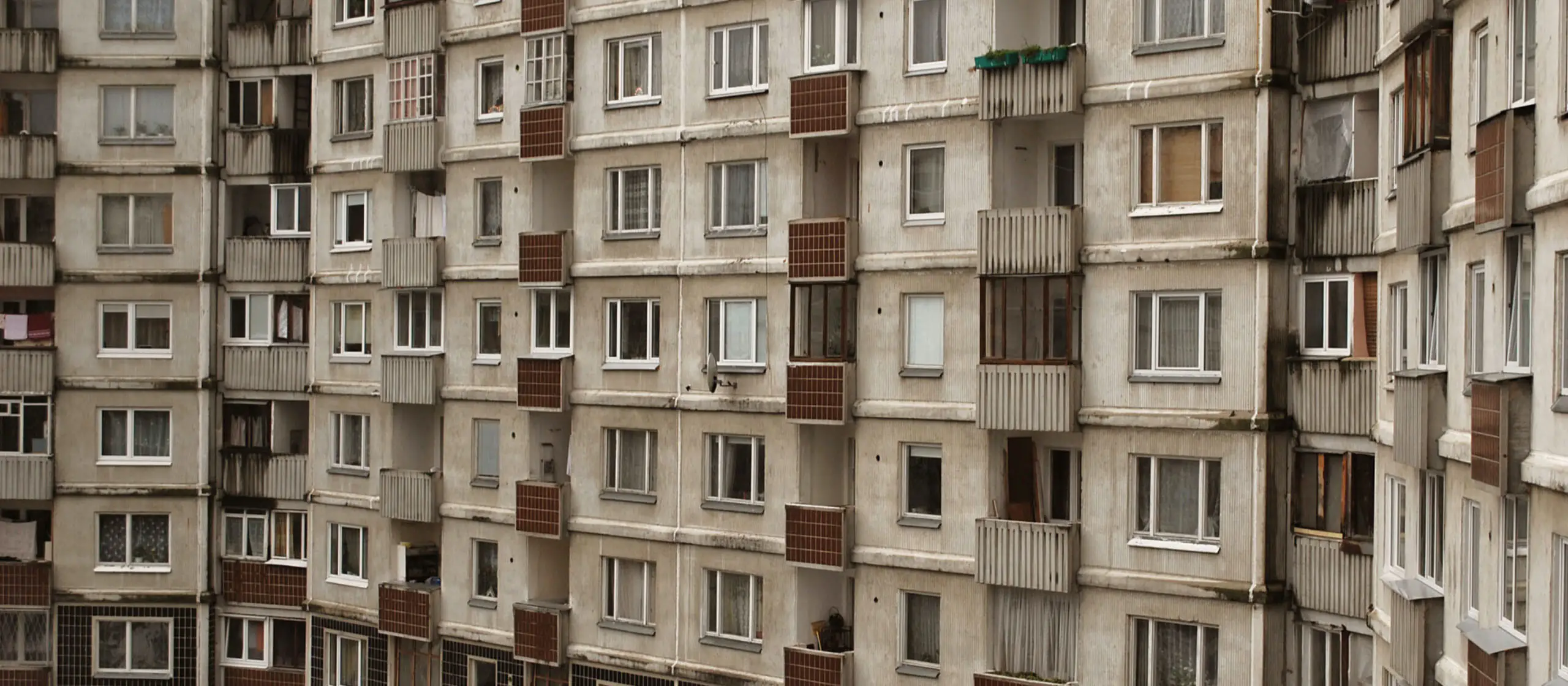
stock.adobe.com
To see the famous Soviet five-story buildings, go to the end of Kristian Valdemar Street, to buildings 52-54, and go further. On either side of the street, you’ll find unremarkable brick and paneled five-story buildings with no elevator, often with few entrances and no decorative elements.
If you want to delve deeper and look at Soviet-era neighborhoods, head farther from the center: to the Imanta, Zolitūde, or Purvciems neighborhoods.
In our other texts you can learn more about Riga’s microrayons and mass-production residential buildings.
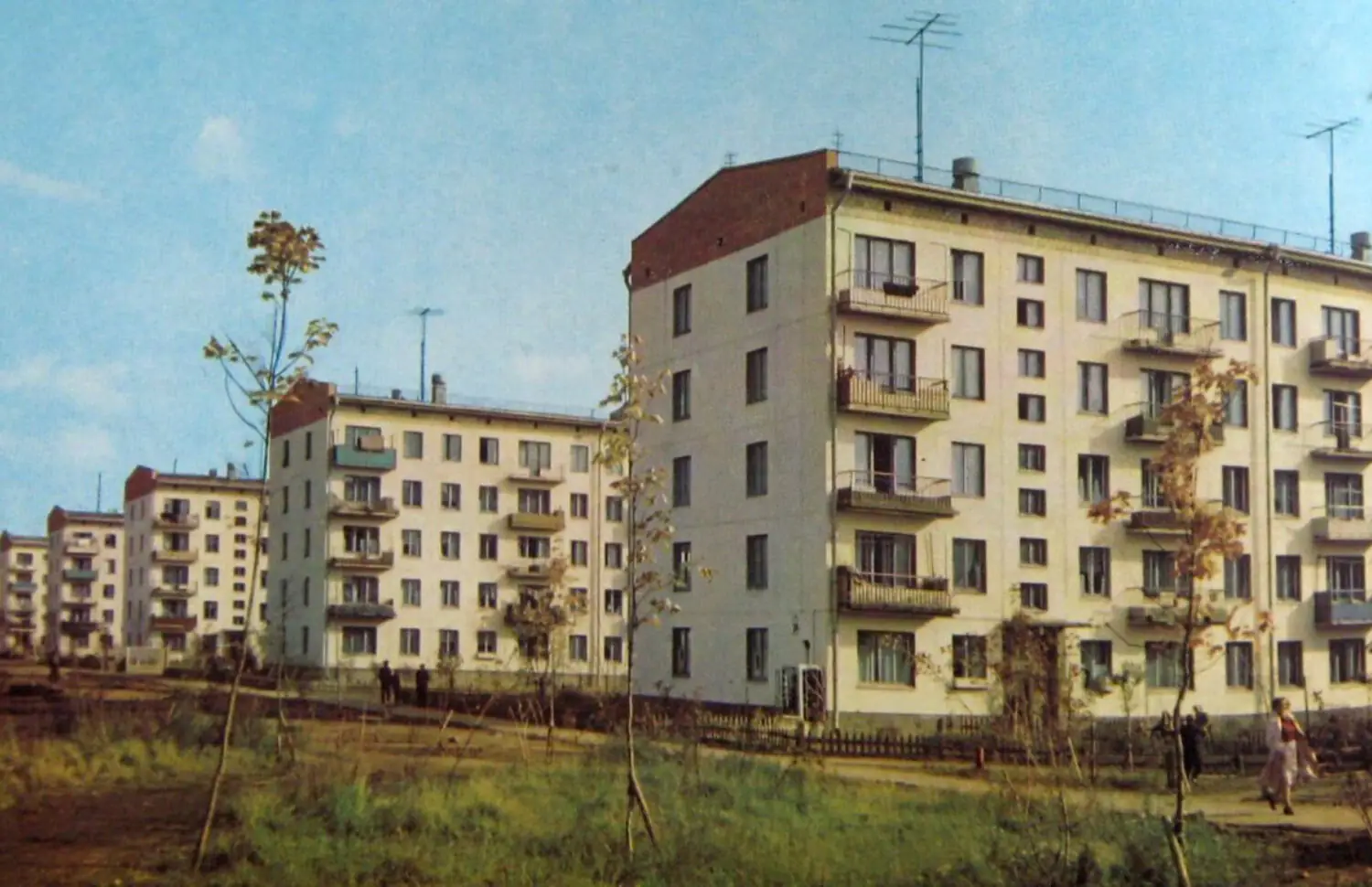
unsplash.com
Riga TV Tower
Address: Zemgale Suburb
Architect: Gunars Asaris
The Riga TV Tower, or “Our Lady” as the citizens of Riga call it, appeared in the in the 1980s on Zaķusala Island. Today it is the tallest TV tower in the European Union at 368.5 meters.
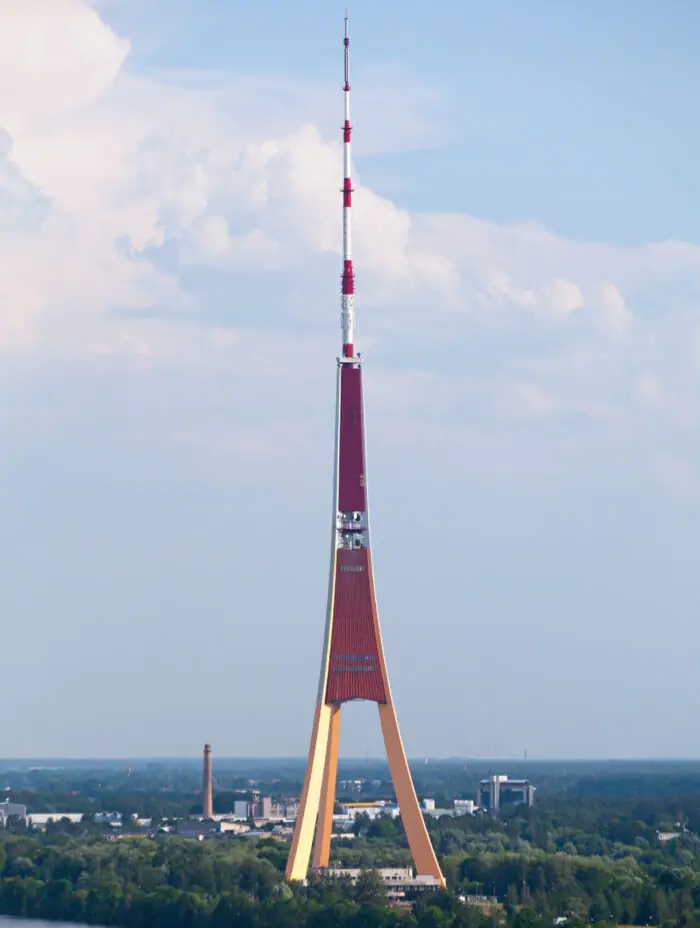
stock.adobe.com
At 97 meters, there is an observation deck and a restaurant where visitors can view the city from above. Thin and original, with several levels, the tower is definitely worth a look but it is under renovation until 2025.
Read our other articles where we tell in more detail about the most notable buildings of Riga, the best examples of Art Nouveau and gems of wooden buildings.


